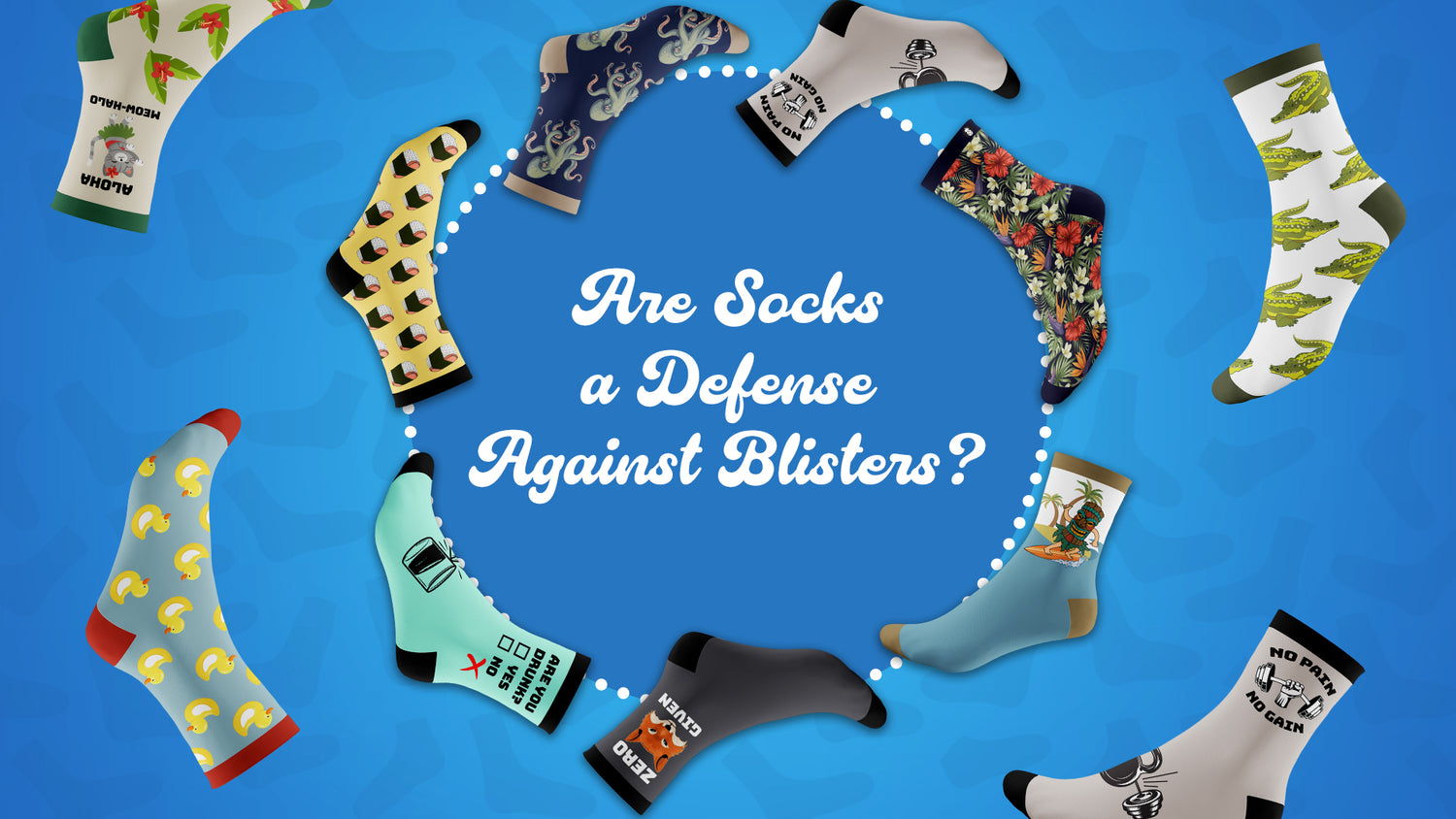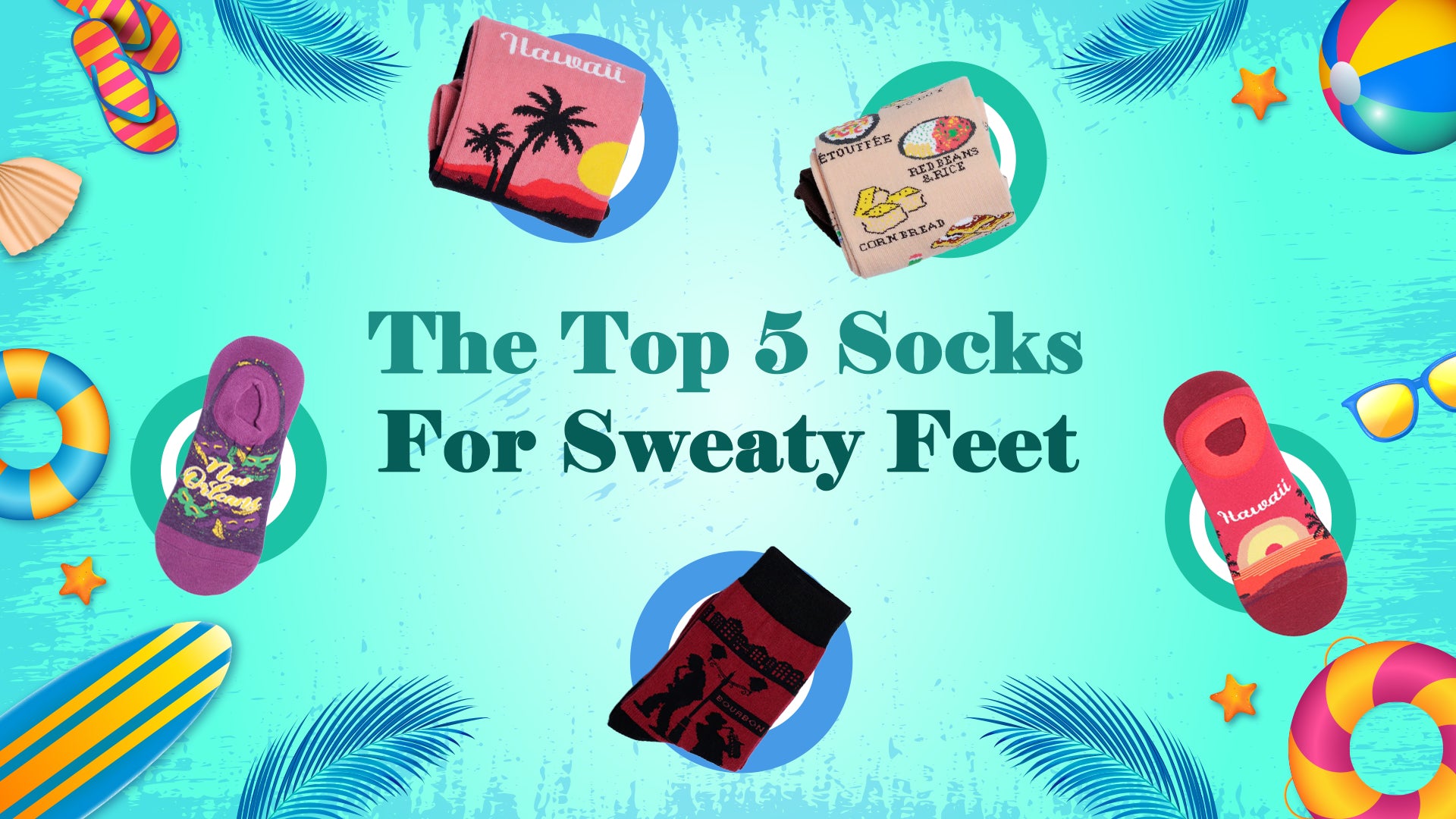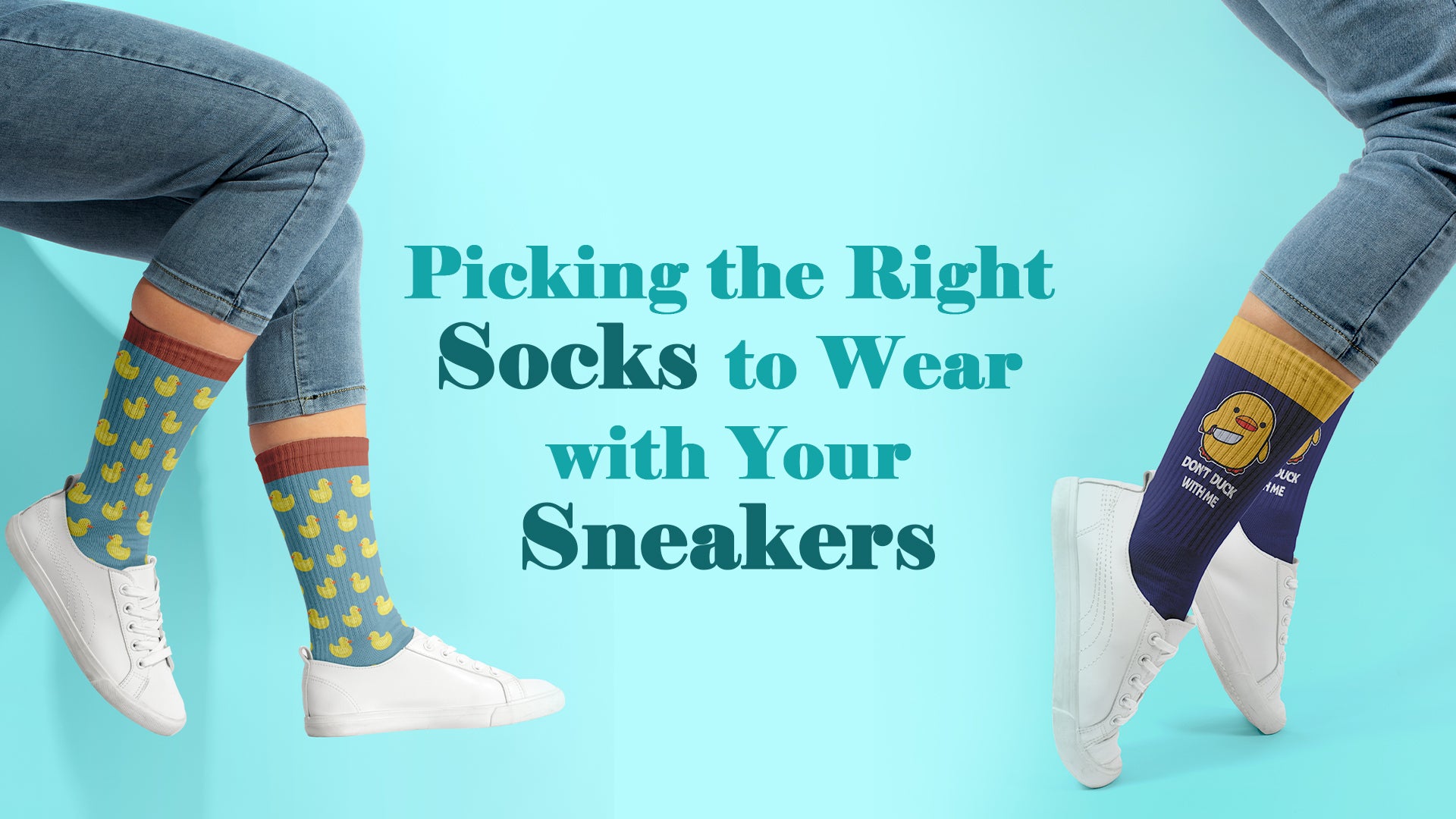Blisters are indeed the bane of any chic person who likes to wear their shoes in all the trendiest, hottest styles on the market. Socks are vital and pivotal in making sure that your feet don't blister at all. Let us explore this quite interesting science of how blisters form and how picking the right socks can improve the style and protect your feet from the potential danger of developing blisters.
The Unholy Trinity—Heat, Moisture, and Friction
When skin has been exposed for a long time, the triple combination of friction, heat, and moisture will eventually manifest and appear as blisters. These are pretty annoying because they are like one of those alarms ringing in your body to tell you, "Hey, something's not quite right down here on your skin!"
Although socks wouldn't win prizes regarding anti-heat properties, they play a critical role in minimizing friction and moisture—the two large culprits responsible for creating blister formation—to a great extent. Depending on what kind of socks you wear—sporty or casual—you can make your feet feel good inside them and at the same time look your best as far as fashion is concerned.
Material Matters: Choosing the Right Fibre

While most people consider cotton a default, it is one of the worst choices when avoiding blisters. Because it absorbs moisture, resulting in wet feet and increased friction. Instead, wear synthetic fiber or Coolmax socks for that long walk.
These fabrics have a wicking action on the skin, thus drawing out moisture from the feet and making them dry. This eliminates the likelihood of blisters. And a little bit of pampering from their soft, breathable bamboo or cashmere fabric will go well with any stylish outfit.
Construction and Padding

How a sock is made can make all the difference when it comes to the prevention of blisters and overall comfort in use. Look for seam-free or very few seam socks, as seams equate to anything less than a pressure point on your skin—no good.
Also, many socks have anatomic padding, meaning you will get more cushioning where you need it most. This will significantly reduce the possibility of having a blister to ensure each step is more comfortable and pleasurable.
Compression and Double Layer Socks
Versatile and able to be quite strong in a multitude of uses and contexts, compression socks are ideal for people in some of the applications above. That being said, they are not suitable for everyone or every setting.
Double-layer socks, on the other hand, are subtly engineered to minimize skin friction. In doing so, the inner layer smoothly slides over the powder instead of directly over your skin.
Moisture Management and Ventilation

Moisture is a significant determinant of the formation and proliferation of blisters on your skin. Wearing socks with ventilation panels or some new, high-tech ability to wick away moisture can make all of the difference in the world in keeping your feet dry, which helps to avoid at all costs the painful, sometimes embarrassing sock-and-sandal look. Taking care of your feet is most important during most forms of physical activity or exercise involving heavy sweating.
It should be noted that while only sock-wearing does not spell an infallible solution to blister-free feet, socks play an indispensable role in an all-encompassing strategy towards preventing blisters. One has to pick the suitable material, construction type, and fit of the sock to increase one's chances of staying away from annoying blisters and staying fashionable to the core.
For delightful, shocking options, visit Just Fun Socks.




Leave a comment
This site is protected by hCaptcha and the hCaptcha Privacy Policy and Terms of Service apply.